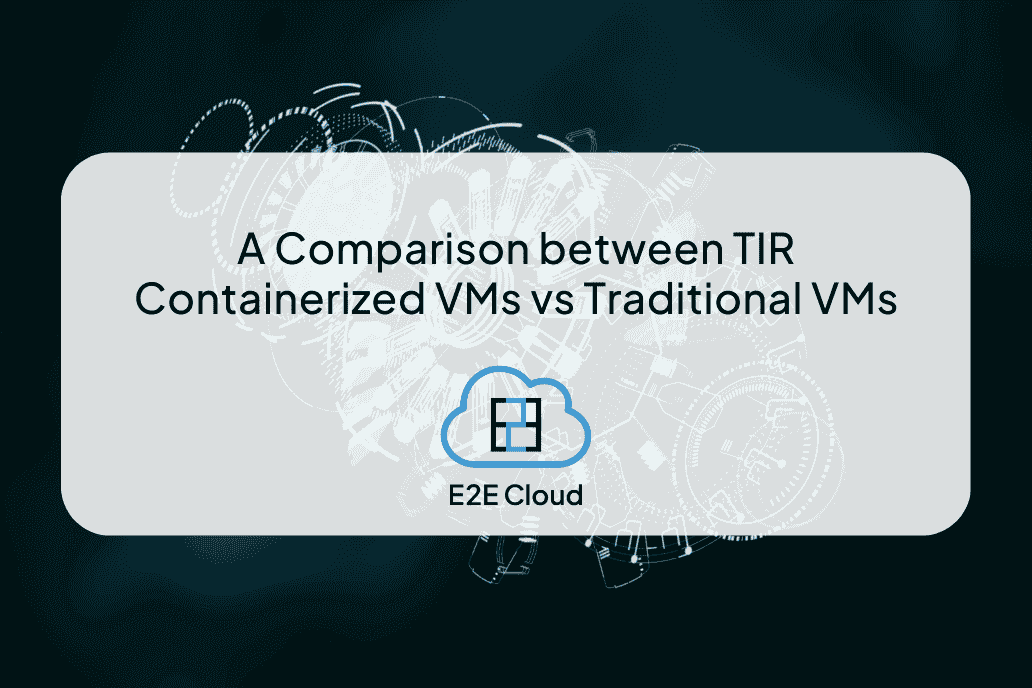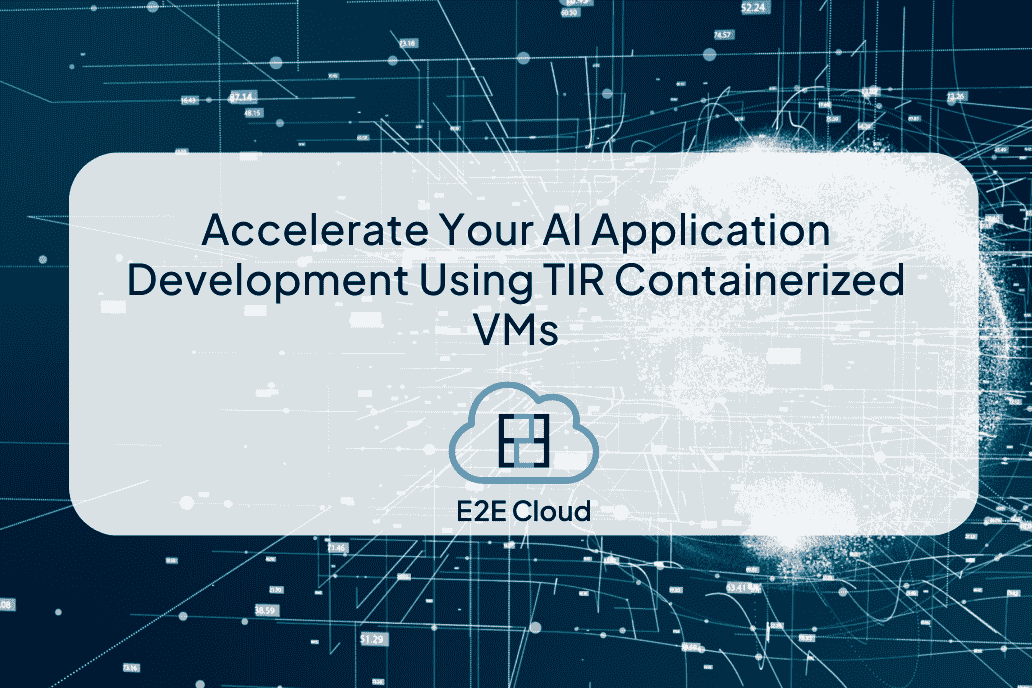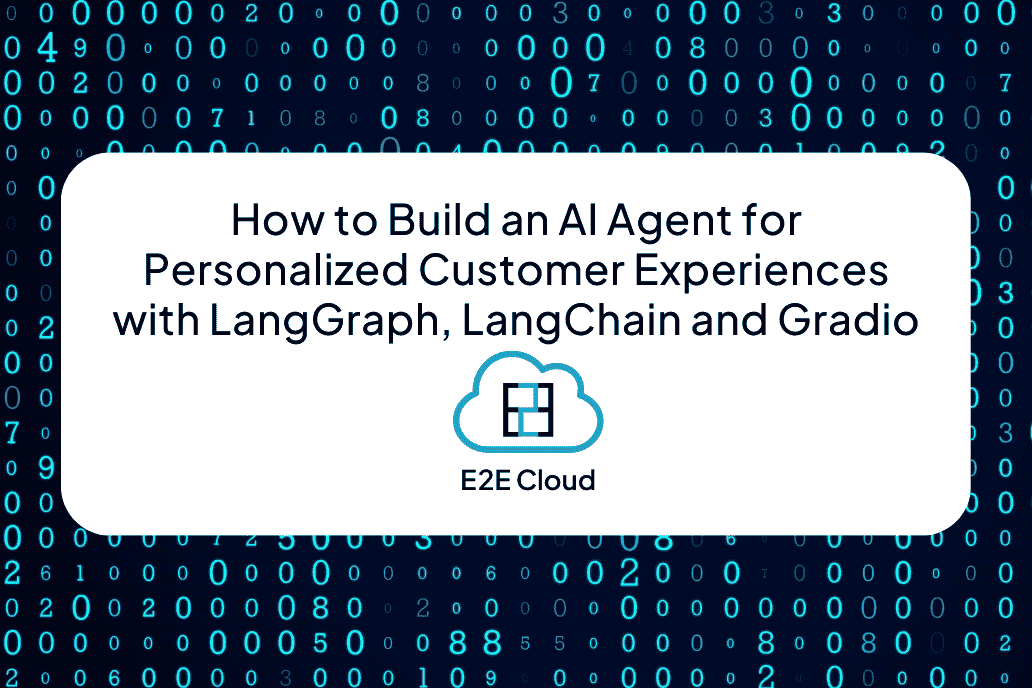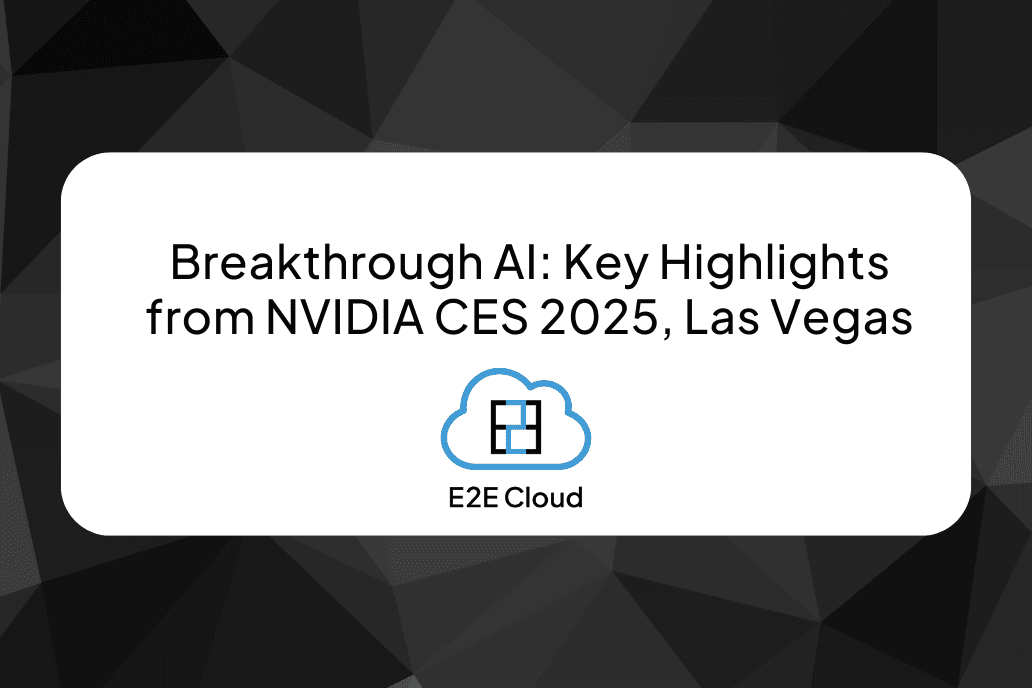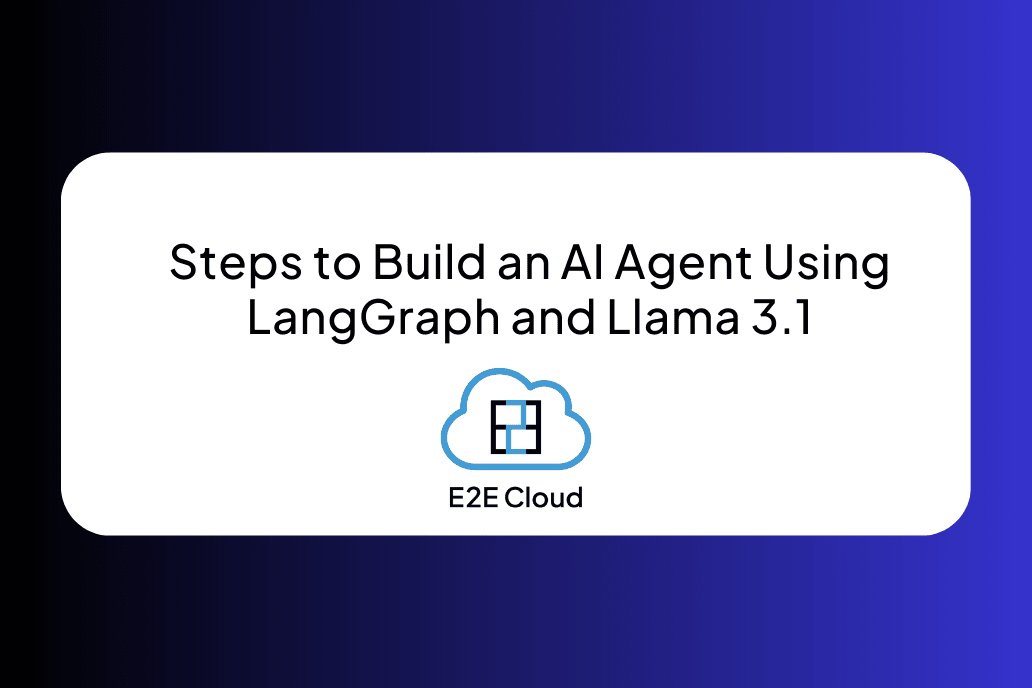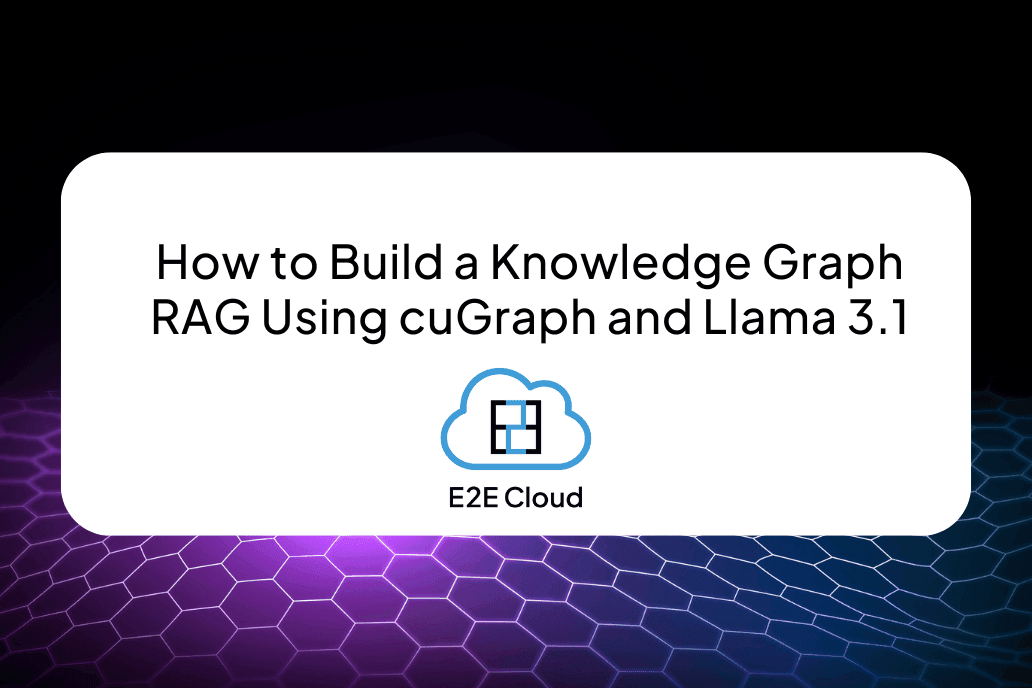| Specification | Ampere | Ada Lovelace |
|---|---|---|
| Release Date | January 4, 2022 | March 21, 2023 |
| CUDA Cores | 2560 | 7424 |
| Base Clock | 1552 MHz | 795 MHz |
| Boost Clock | 1777 MHz | 2040 MHz |
| Memory | 8 GB GDDR6 | 24 GB GDDR6 |
| Memory Bus | 128-bit | 192-bit |
| TDP | 130 W | 72 W |
| Floating-point Performance | 9.098 TFLOPS (FP32) | 30.29 TFLOPS (FP32) |
| Tensor Cores | Yes | 240 |
| RT Cores | Yes | 60 |
| Market Segment | Desktop (Gaming) | Data Center (AI/ML) |
| Price | Not Available | Starting at INR 50/gpu/hour |
| Performance Ranking | 155 | 178 |
| Power Consumption | Higher | Lower |
Use Cases
- NVIDIA RTX 3050:
- Gaming: Primarily designed for gaming with support for ray tracing and DLSS.
- Entry-Level AI/ML: Can be used for basic machine learning tasks but is not optimized for high-performance AI workloads.
- General Computing: Suitable for general desktop applications and multimedia tasks.
- NVIDIA L4:
- AI Inference: Optimised for AI inference tasks with high efficiency and low power consumption.
- Data Center: Suitable for data center operations, including video and vision AI acceleration.
- Professional Workloads: Ideal for tasks requiring high memory capacity and computational power, such as real-time video transcoding and AR/VR applications.
LLM Compatibility
- NVIDIA RTX 3050:
- Suitable for running smaller language models and performing inference tasks on less complex models.
- Limited by its lower memory capacity and computational power for large-scale training.
- NVIDIA L4:
- Better suited for running larger language models due to its higher memory capacity and tensor core support.
- Ideal for both training and inference of complex models, especially in data center environments.
Conclusion
The NVIDIA RTX 3050 is more suitable for gaming and general-purpose computing, while the NVIDIA L4 excels in AI inference and data center applications. The choice between these GPUs should be based on the specific use case and performance requirements.
